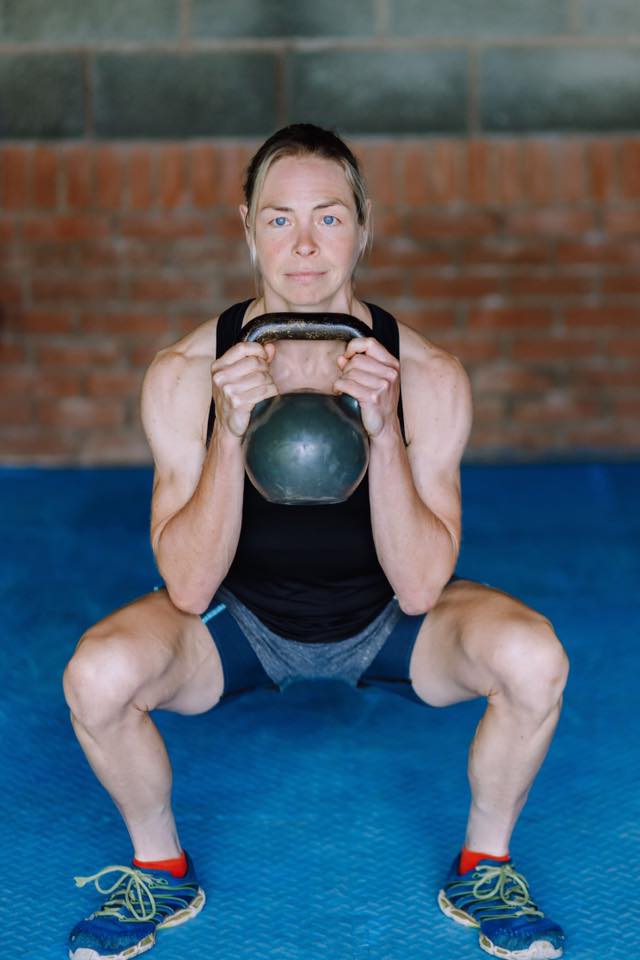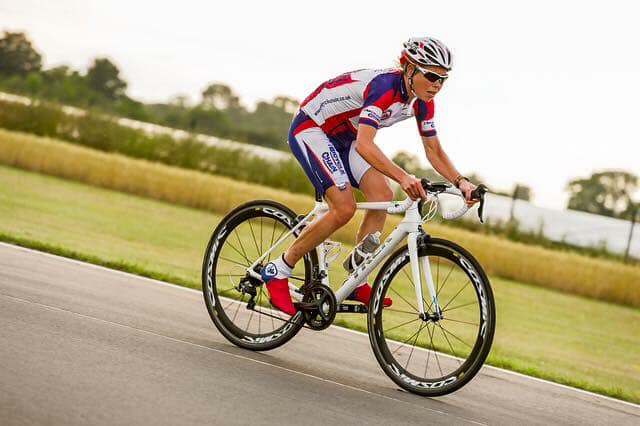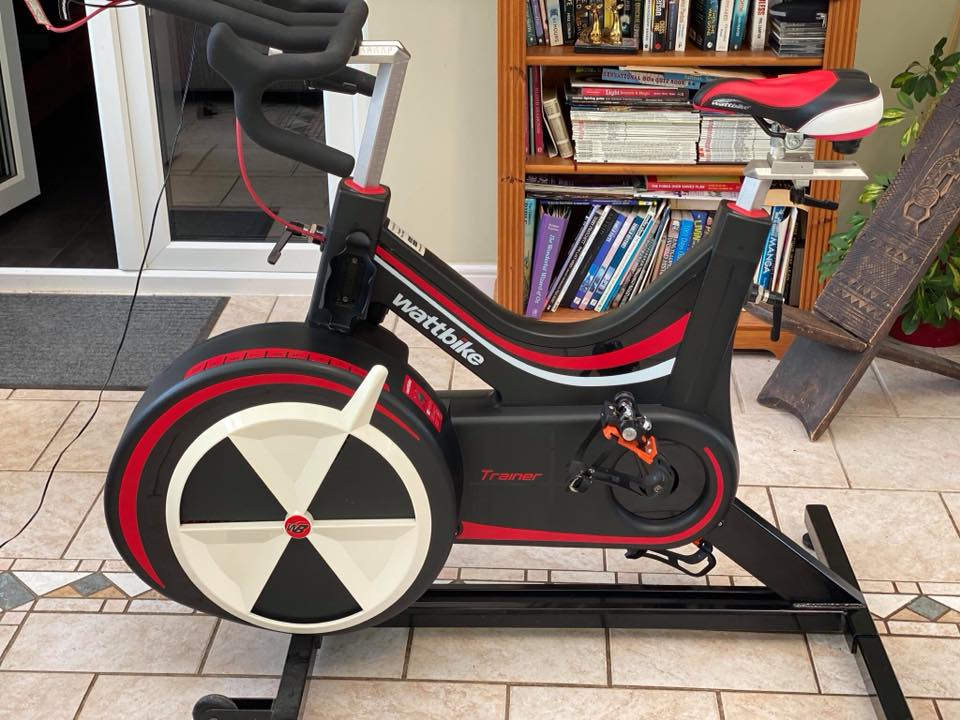• Do you ever train the diaphragm in your core workouts?
• Core stabilization starts with proper function of the diaphragm and this is why you should start training it now!
How are the diaphragm and our core stability related?
The diaphragm has a dual role in the body, breathing and posture. When these actions occur simultaneously, core stability is improved.
When you inhale, the diaphragm descends into the abdominal cavity, reducing the pressure in the thoracic cavity which draws air into your lungs. The expansion of the diaphragm downward is countered by contraction of the transverse abdominis to the front, the multifidi (spine muscles) to the back and the pelvic floor below. All of these muscles have to work together to create intra-abdominal pressure and subsequent core stability.
• Belly breathing is not the same as diaphragmatic breathing
Belly breathing results in pushing the abdomen straight up towards the ceiling leading to postural adaptations as the abdominal muscles overly lengthen, the rib cage flares up and out, the chest lifts, the lower back extends and arches, and the neck muscles tighten. It also changes the shape of the diaphragm, flattening it out, which reduces its effectiveness for proper respiration.
• How to breathe efficiently
Ideal diaphragm breathing expands the lower ribs outwards in a mainly lateral direction, which will help keep the rib cage positioned directly over the pelvis. This core alignment is lost when you belly breath, and with it intra-abdominal pressure and core stability.
• How to strengthen the diaphragm
We can strengthen the diaphragm and enhance our respiration and improve our enduranace, and posture by doing the following:
Move your hands to the sides of your waist. Inhale through the nose and focus on the air expanding into your abdomen sideways, feeling the air push outward into your hands.
In the picture below you can see I am gently squeezing a pilates circle with my inner thighs to help activate my pelvic floor (a cushion could also be used)
Dysfunctional breathing might result in stiffness and pain in the back and neck
Muscles including scalenes, sternocleidomastoid (side of your neck), upper trapezius and pecs are often tight and over-developed from the increased movement of the ribcage upwards and elevation of the shoulders during inspiration if we breathe into our chests.
The muscles in your lower back will have to over work in an attempt to stabilize the spine in the absence of proper core stabilization.
You might notice that the upper section of your rectus abdominis are overly developed, whilst there is reduced muscle tone in the obliques.
This is why diaphragmatic breathing should be an essential part of your core training
Having mastered diaphragmatic breathing, the key lies in maintaining this intra-abdominal pressure when we move. I’ll cover this in my next post so keep an eye out!
Online coaching is available to help athletes of all ages and abilities to achieve their best and fulfil their potential. Contact me for more details.
I also run a free Facebook group for mature female cyclists where I share lots of tips for improving on hills, endurance, speed, power, health, strength and hormones. Here’s the link if you’d like to join:
https://www.facebook.com/groups/agewithoutlimits
Or if you’d like to see more info about the Online Cycling Transformation Program for Mature Females, where we transform your health, performance, enjoyment and longevity on and off the bike, here is that link:
https://go.heidivilesperformance.uk/apply-now



